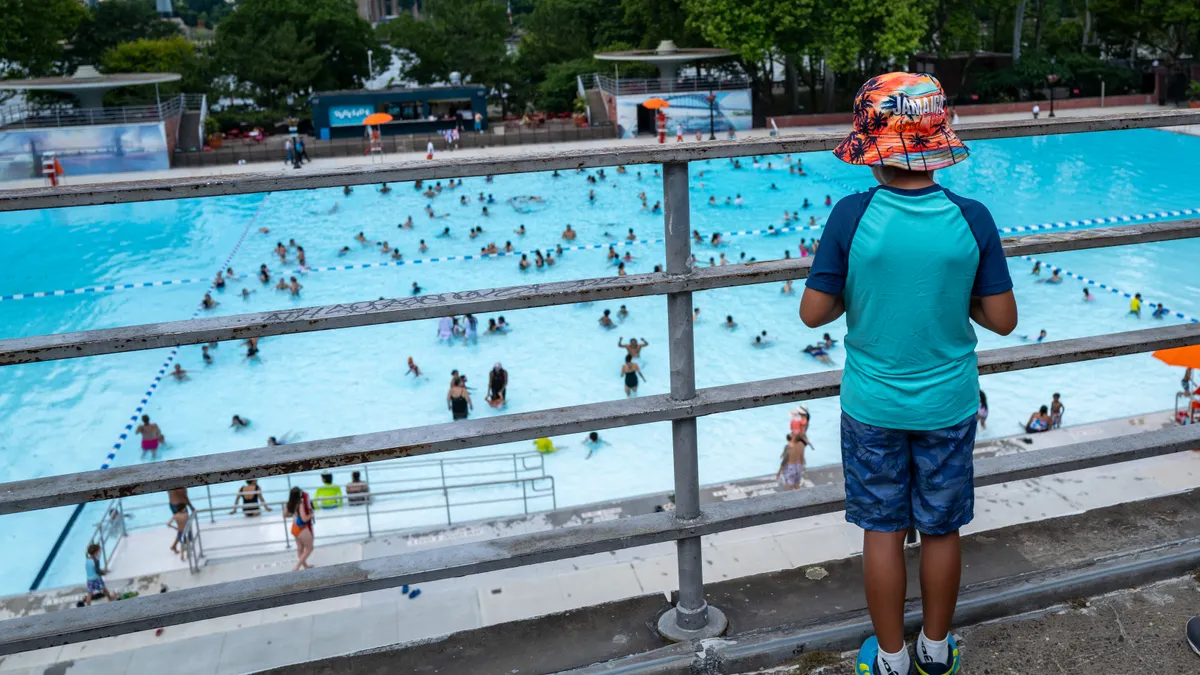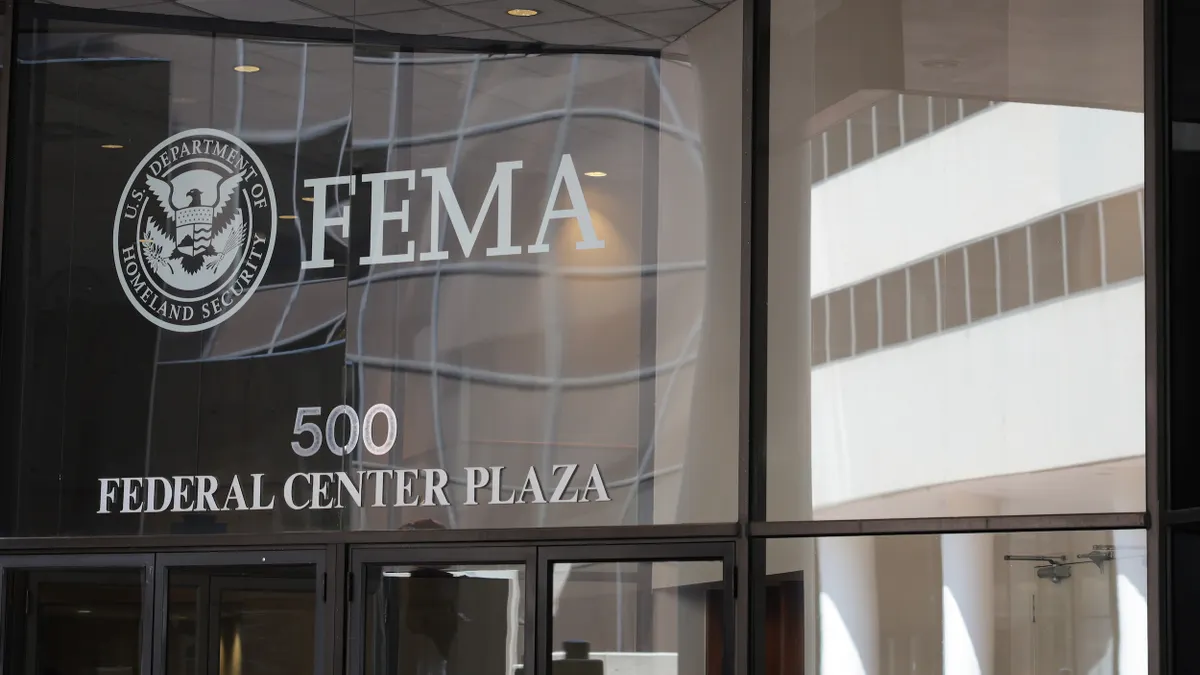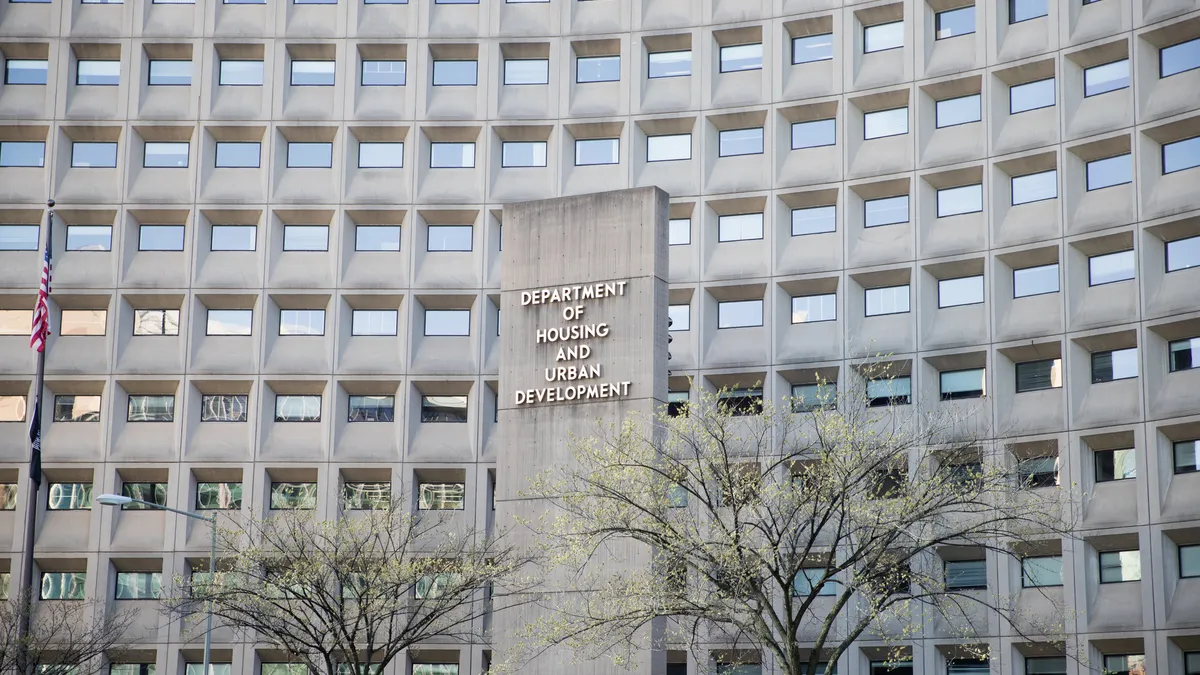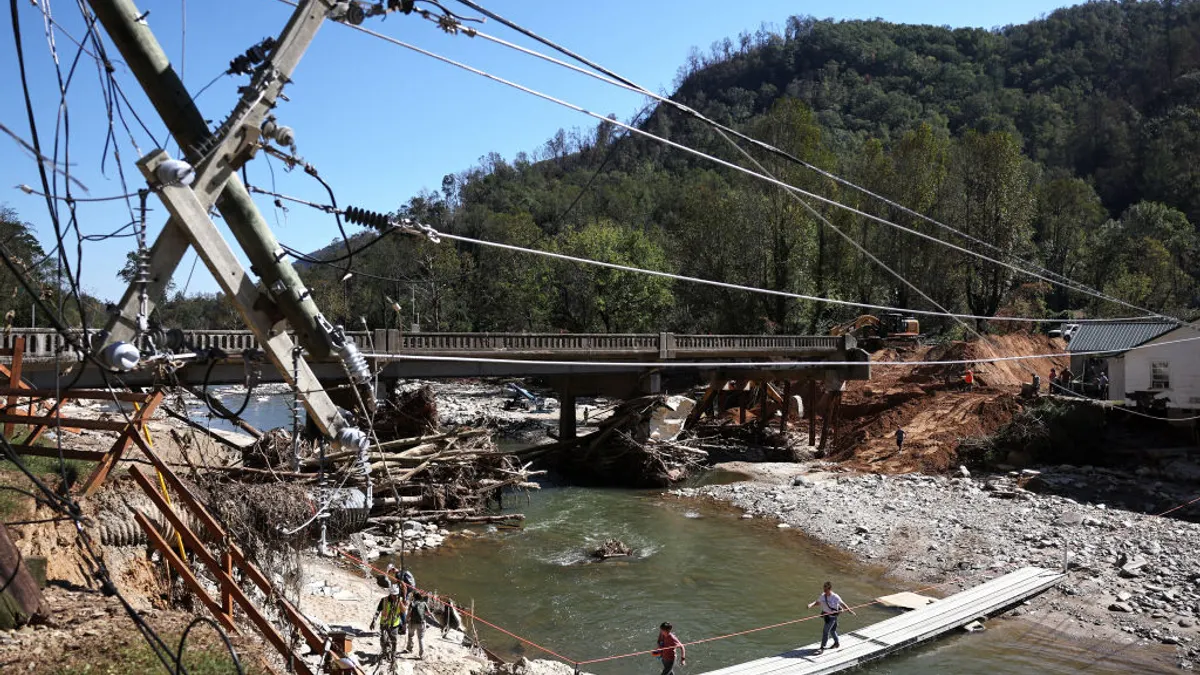Municipal swimming pools are more than a nice amenity. In summer, they offer recreation and relief from the heat while providing residents — especially young people — a safe space, says Kathryn Vargas, Pittsburgh’s director of parks and recreation. “Our pools are embedded within our communities,” she said.
Providing opportunities for all residents to learn to swim boosts safety while also enhancing their quality of life, said Daniel Betts, Cincinnati’s director of recreation. By providing swimming lessons, cities may be able to reduce the number of drownings, particularly in minority communities, he added.
“Public spaces have tremendous benefits,” says Kimberly Burrowes, training and technical assistance senior manager in the Research to Action Lab at the Urban Institute. This became clear during the pandemic, when the use of many outdoor public spaces surged, Burrowes said.
Yet safely maintaining and operating swimming pools is challenging, given limited budgets. Growing expenses for operations, staffing and maintenance have led to pool closures: Pittsburgh currently operates 15 outdoor public pools, about half the number it had in the past, Vargas said. Similarly, Cincinnati currently operates 24 public pools, down from about 44 in the late 1990s, Betts said. These recreation officials say it’s important to keep pool entry fees affordable so the pools remain accessible. In Pittsburgh, for instance, passes for the summer for a family of four are $60, Vargas said, adding that admission fees don’t cover the operating costs.
These cities use a variety of funding strategies to keep their public pools afloat.
Tax revenues. Along with receiving funding from the Pittsburgh general fund, four of the city’s larger swimming pools, which also are the most expensive to maintain, can tap into Allegheny County Regional Asset District tax revenue to cover maintenance costs. The RAD receives some of the proceeds from a 1% local option sales tax. “That has been unbelievably helpful,” Vargas said.
User fees. Betts wants to boost Cincinnati pool use through different promotions or class schedules. While pools are not revenue generators, they can move closer to cost-neutral, depending on the volume of admittance fees, memberships and swim classes, he said. (Cities also need to offer a mechanism for those who can't afford to pay, so nobody is excluded, he said.)
Bonds. In 2022, roughly 59% of voters in Florissant, Missouri, a city of about 50,000 people, approved Proposition A, said Mayor Timothy J. Lowery. The 20-year general obligation bond provides $10 million for renovations and improvements to Florissant’s aquatic recreation facilities. The bond will be repaid via property tax assessments, with the cost to the average $150,000 home owner approximately $2.85 per month, according to information from the city.
The city reopened two newly renovated outdoor pools this summer. “It’s been extremely successful,” Lowery said. He said he hopes the city can get 25 to 30 years of use from the new pools. “The pools keep [this] a good place to live,” he added.
Hard choices
Cincinnati’s six-year capital plan, which captures the lifecycle status of every amenity associated with each pool, includes $2.4 million for recreation and aquatic facilities in fiscal 2025. The total for the years 2025 to 2030 is $15.4 million for pool maintenance and repair, according to the recreation department. “It’s not a lot of money,” Betts said.
Unfunded maintenance requests on Cincinnati’s recreation assets total around $47.6 million for fiscal 2025, Betts said. The city will take a pool offline if it needs repairs but the department lacks the funds to fix it. “We're going to always start with the issue of public safety. Is it safe to open a facility for the general public?” he asked.
It’s possible that over the next five to 10 years, Cincinnati will need to make some tough decisions on continuing to operate one or two pools within its portfolio, Betts said. Any decisions would be made partly based on geography: If another pool is within several miles and could serve the same community, it’s possible one pool may be closed.
Another factor is utilization. “Is there a demand? Is there a need? Will folks utilize the resource? Those things are critically important,” Betts said.
Pittsburgh replaced some of the closed pools with spray parks, which provide relief from the heat and water activity and are more economically viable, Vargas said. When Florissant closed one of its outdoor pools for the renovation, it also opened a splash pad that was available at no cost, Lowery said. “It has had great attendance,” he added.
Staffing challenges
Along with the cost of maintaining the swimming pools themselves, budgeting for the cost of lifeguards and other employees can be daunting. “Investing in the people to run the pools has become more of a significant conversation,” Vargas said. Pittsburgh has increased pay for lifeguards, which has helped ensure it has enough on staff that the pools can operate safely, she said.
It can be easier to retain staff when a pool is open for more than just summers. At Pittsburgh’s one indoor pool, the ability to offer employees year-round employment is “a game changer,” Vargas said.
Despite the challenges inherent in maintaining and staffing pools, they’re likely to remain in many city budgets. “The lift around pools is a heavy one, but it's an important one,” Vargas said. “We certainly do invest in it.”



















